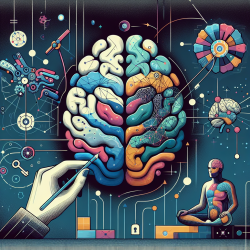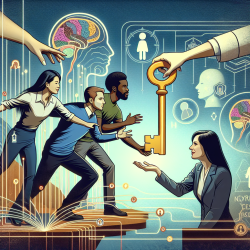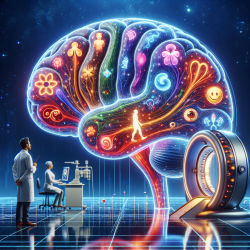As a Special Education Director, staying updated with the latest research and technologies is crucial. A recent study, "Time Orientation Technologies in Special Education †," published in Sensors (Basel), has provided groundbreaking insights that could significantly enhance our approach to special education.
Time orientation is a critical skill for personal autonomy, and its development can have a profound impact on students with special needs. The research conducted by Guillomía et al. at the University of Zaragoza has led to the creation of a Time Orientation Device (TOD) designed to assist children in understanding and managing time. This blog explores how you can implement these findings to improve your practice and encourage further research in this field.
Understanding the Time Orientation Device (TOD)
The TOD uses a row of luminous elements to represent the time left in the day, turning off sequentially every 15 minutes. This visual representation, combined with auditory notifications, helps students anticipate and manage their tasks. The device can display agendas with standard pictograms, making it accessible for children with varying cognitive abilities.
Key Features of TOD:
- Visual and auditory notifications for tasks.
- Configurable time units (default is 15 minutes).
- Integration with Alternative and Augmentative Communication (AAC) pictogram languages.
- Customizable for individual and class activities.
Implementing TOD in Your School
Here are some steps to effectively integrate TOD into your special education program:
- Training: Ensure that teachers and staff are adequately trained to use TOD. Conduct workshops and provide user manuals to facilitate smooth implementation.
- Customization: Customize the TOD settings to match the specific needs of your students. This includes configuring the time units, notifications, and pictograms.
- Monitoring: Regularly monitor the impact of TOD on students' time orientation skills. Use pre- and post-assessment tools based on the International Classification of Functioning, Disability, and Health (ICF) to measure improvements.
- Feedback: Collect feedback from teachers, students, and parents to continuously improve the use of TOD. Address any challenges or limitations that arise during implementation.
Encouraging Further Research
The initial results from the use of TOD are promising, showing consistent improvements in students' time orientation skills. However, further research is needed to explore long-term effects and potential enhancements. Encourage your team to engage in collaborative research projects and stay updated with the latest advancements in assistive technologies.
By implementing the outcomes of this research, you can significantly improve the personal autonomy and cognitive functions of your students. For more detailed information, I highly recommend reading the original research paper: Time Orientation Technologies in Special Education †.










